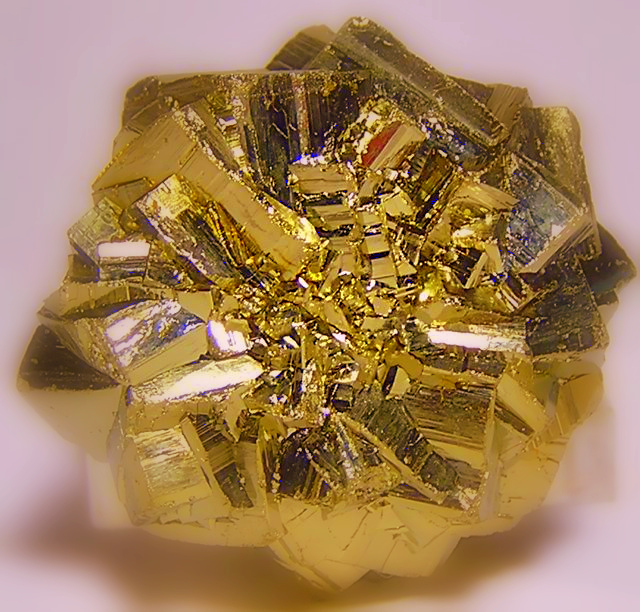62.WHAT IS THE DIFFERENCE BETWEEN GOLD AND FOOL’S GOLD?
If you’re a prospector looking for gold, knowing the answer can be the difference between being immensely wealthy and immensely poor! Many a miner has come upon what he thought was gold, only to discover that his dreams of wealth vanished when his “find” was analyzed.
What has come to be known as fool’s gold is a mineral called Iron pyrite. Since it is a yellow mineral with a brilliant luster, it can easily be mistaken for flakes of native gold in a rock.
Another reason the mistake is often made is that gold itself is frequently found where there are iron pyrites. Native gold is found mostly in quartz veins or in masses of iron pyrites. The water and wind wear away the quartz and pyrites, and the gold has weathered out of the rocks. This means that the pieces of rock around the lumps of gold have been washed away, freeing the lumps or nuggets of nearly pure gold.
The nuggets are washed down to the bottom of the valleys and become mixed with sand and gravel. In this form it is called alluvial or placer gold. The first gold that man found was placer gold.
But gold is also often found in the ores of other metals. Silver ore nearly always contains some gold. copper ores quite often are combined with gold. Even sea water contains gold! The quantity, however, is so small compared with the amount of sea water that no one has been able to separate the gold from the sea. Yet, our oceans are so vast that the total amount of gold they would yield has been estimated to be about 9,070,000,000 tonnes. Now there’s a nice project for some chemist of the future—to get the gold from the sea.



Leave a Reply